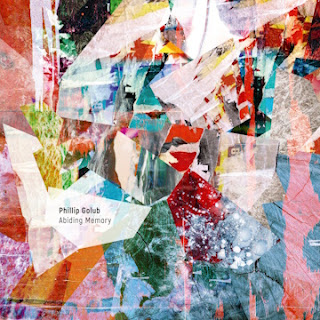I started my day listening to Lee Morgan’s 1962 Riverside album Take Twelve, with Louis Hayes on drums. When I checked my mail in the afternoon, there was a promotional copy of Hayes’ fresh new release, Artform Revisited. Sixty plus years seemed to vanish in a flash as I listened to Hayes and his devoted quintet of Abraham Burton on tenor sax, Steve Nelson on vibes, David Hazeltine at the piano, and bassist Dezron Douglas, who also acted as co-producer with Hayes. This unit was first heard on 2021's Crisis, followed by 2023's Exactly Right!, both on Savant. For his third release for the label, Hayes had it in mind to revisit, in Maxine Gordon’s words, “the music that had influenced him and the musicians who were so important to his life.” That translated to the band tackling compositions from Dizzy Gillespie (with a jumping Tour de Force to start things out), John Lewis (Milestones), Ray Brown (the classic Ray’s Idea), Billy Strayhorn (the timeless A Flower is a Lovesome Thing, here spotlighting Nelson’s flowing vibes), and no fewer than three Charlie Parker gems in My Little Suede Shoes, Cheryl, and Dewey Square. There’s also the lesser-known Bobby Troup composition You’re Looking At Me, featuring Burton at his balladic best, and a pair of original compositions to round out the program. Hayes’ Ruby, dedicated to his mother, is a bouncy tune that came into his mind all at once, sympathetically arranged by Hazeltine. Closing the session is G, a straight-forward piece that Douglas describes as a “Kansas City barbecue style blues.” The tune rolls right along, a fitting capstone for the date. Hayes was quite happy with the sound that engineer Chris Sulit got for his drums on his last session, so they want back to Paramus, NJ, to make this one. It helps immensely that the drummer was working with a group where, he writes, the individuals “enjoy each other’s company and ... communicate as friends.” Good tunes, a convivial band, and the best working conditions all contribute to the goal to “play the music on the highest level possible and always respect the past.” Mission accomplished. It’s another winning outing for NEA Jazz Master and national treasure Louis Hayes.
Savant SCD 2218; Abraham Burton (ts) Steve Nelson (vib) David Hazeltine (p) Dezron Douglas (b) Louis Hayes (d); Paramus, NJ, January 25, 2024; Tour de Force/ Milestones/ My Little Suede Shoes/ You’re Looking at Me/ Ruby/ Cheryl/ Ray’s Idea/ A Flower is a Lovesome Thing/ Dewey Square/ G; 50:32. www.jazzdepot.com



